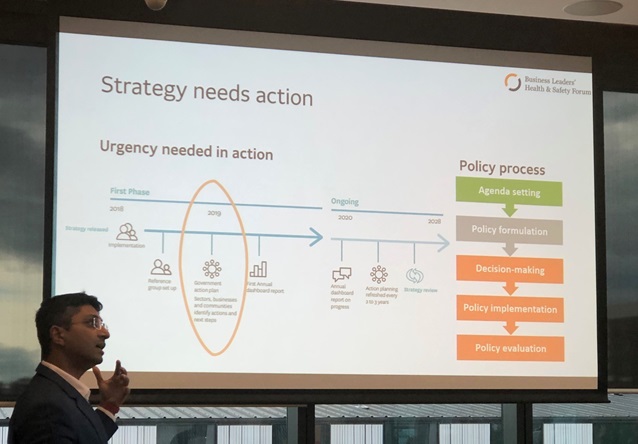State of a Thriving Nation

State of a Thriving Nation
Paul Duggan, Safety Charter General Manager, recently attended an event where Economist Shamubeel Eaqub presented the “State of a Thriving Nation Report” he authored for the Business Leaders’ Health and Safety Forum. The main summary is that workplace harm costs the New Zealand economy $4.4 Billion annually, and that New Zealand’s health and safety record for serious accidents and injuries lags well behind Britain and Australia. This figure only included physical harm, and not psycho-social harm, so the actual cost is even greater.
Shamubeel identified several drivers for this. Less unionization, less enforcement activity from the regulator, the no fault ACC model for compensation, and a narrow compliance-based view of health and safety. He mentioned that New Zealand did have a National Health and Safety Strategy, which sits within MBIE, but that no one agency was responsible for the implementation and delivery of it. He also noted that New Zealand lacked hard data into the details of what groups were most likely to suffer workplace harm, ie gender, occupation, age, qualification, etc. This data is easily available in other jurisdictions.
The discussion following the presentation focused on New Zealand having a demand side problem with health and safety, in that improvements are not being demanded by industry, workers, WorkSafe, employers etc. This is an interesting perspective and provides some food for thought.
The three levers Shamubeel mentioned for improving Health and Safety performance are Care, Culture, and Leadership. For an economist these things are incredibly hard to measure but are at the core of what the Safety Charter is all about.